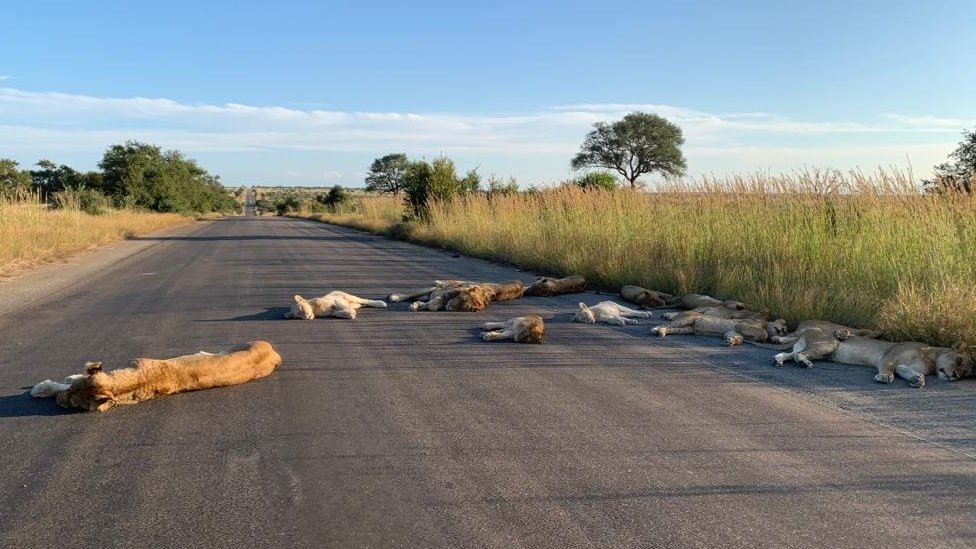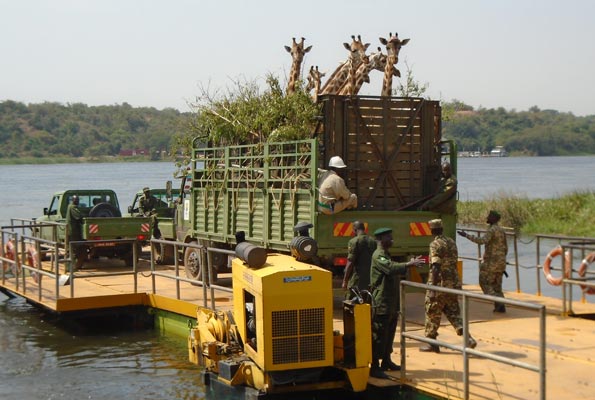As opposed to the many different cultures in Africa, lions and tiger bones are believed to be medicinal in Asia. The Asian cultures use the lion and tiger bones in products believed to treat rheumatism, promote strength and increase sexual vigor. Some are used to make wines and ointments.
The continued high demand of the big cats’ bones in Asian markets is fueling rapid killing of these cats across Africa by poachers who in turn hope to make a living out of the profitable and on demand trade.

According to a recent research by World Animal Protection reveals that lions and tigers of sizes around the world are being poached at a higher rate. Body parts, mainly bones from big cats such as lions and tigers are used in production of traditional Asian medicine, found mainly in Asian countries such as China and Vietnam.
Although there’s little to no clear evidence to suggest that these products have any medicinal value, worryingly, the demand for wildlife traditional Asian medicine is growing.
The report also lists a number of factors contributing to this trend, including an increase in people with higher disposable incomes in regions where products are popular. The report also documents the suffering that these animals are subjected to, caged in tiny enclosures resembling industrial factory farms.
In Asia, rows of bare and barren battery-style cells house hundreds of tigers as well as lions. In South Africa, lion cubs are seen pacing around crying, and in another image, a motionless lion cub so deformed that it has missing limbs because of inbreeding, can be seen.
Patrick Muinde, a Research Manager at World Animal Protection, said that big cats, mainly lion cubs, are born into a life of exploitation in most Asian countries. He further says that some are snatched from their mothers in the wild, and many are born at breeding facilities.
“They start their lives on petting farms, then once juveniles, they are used for ‘walking with lions’ experiences. Their lives then take a deadly turn as they are moved to game farms for sport hunting. Skins and heads are taken as trophies, and bones are legally exported through the skeleton quota – unique to South Arica. The bones are exported to Asia to supplement the illegal trade of tiger bone products, where they are processed into medicines and wines.”
He adds, “As the demand for traditional medicine and use of lions and tiger products continues to grow, in Asian markets, the numbers of African big cats will continue to plummet due to poaching of endangered wild big cats – all in the name of traditional Asian medicine whose efficacy has not been confirmed by modern science. This needs to stop.”
About Guide2Uganda
Guide2Uganda (www.guide2uganda.ug) is the most comprehensive source of information about Uganda that exists on the web, with more content on Uganda and surrounding towns, attractions, museums and galleries than any other online guide that currently exists for Uganda as well as being a dynamic news and comprehensive events driven site with content being added daily.
According to WeFollow & Peer Index (whom both measure online influence) we are among the most influential online media organizations in Uganda. We were also awarded for ‘’Best Destination Website in Uganda’’ by Jumia Travel Uganda in the 2017-2018 Africa Travel Awards. If you are planning a visit to Uganda you can always reach us on; info@guide2uganda.ug




